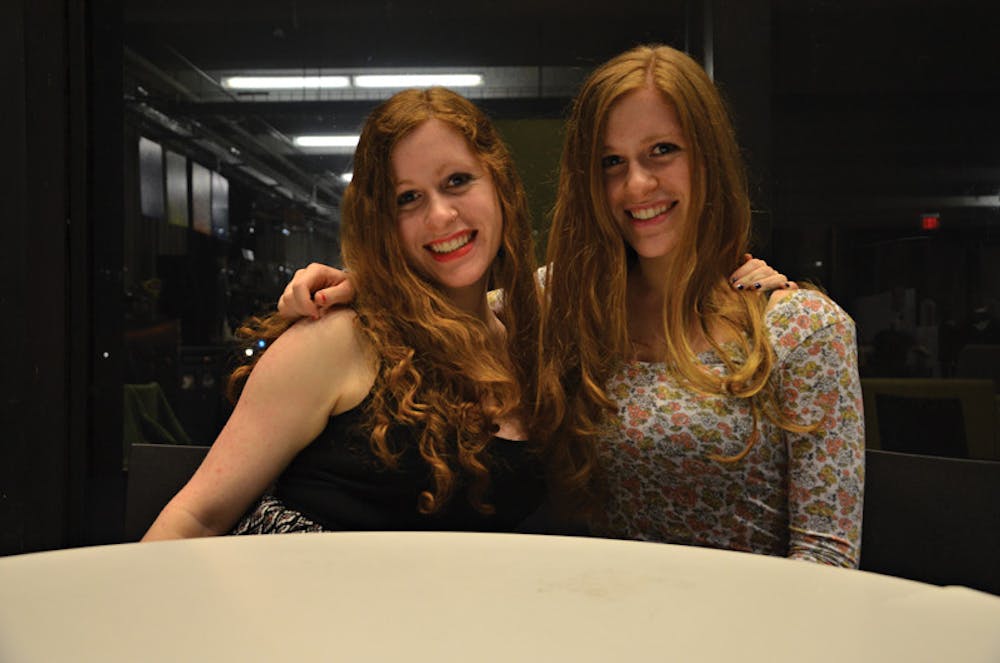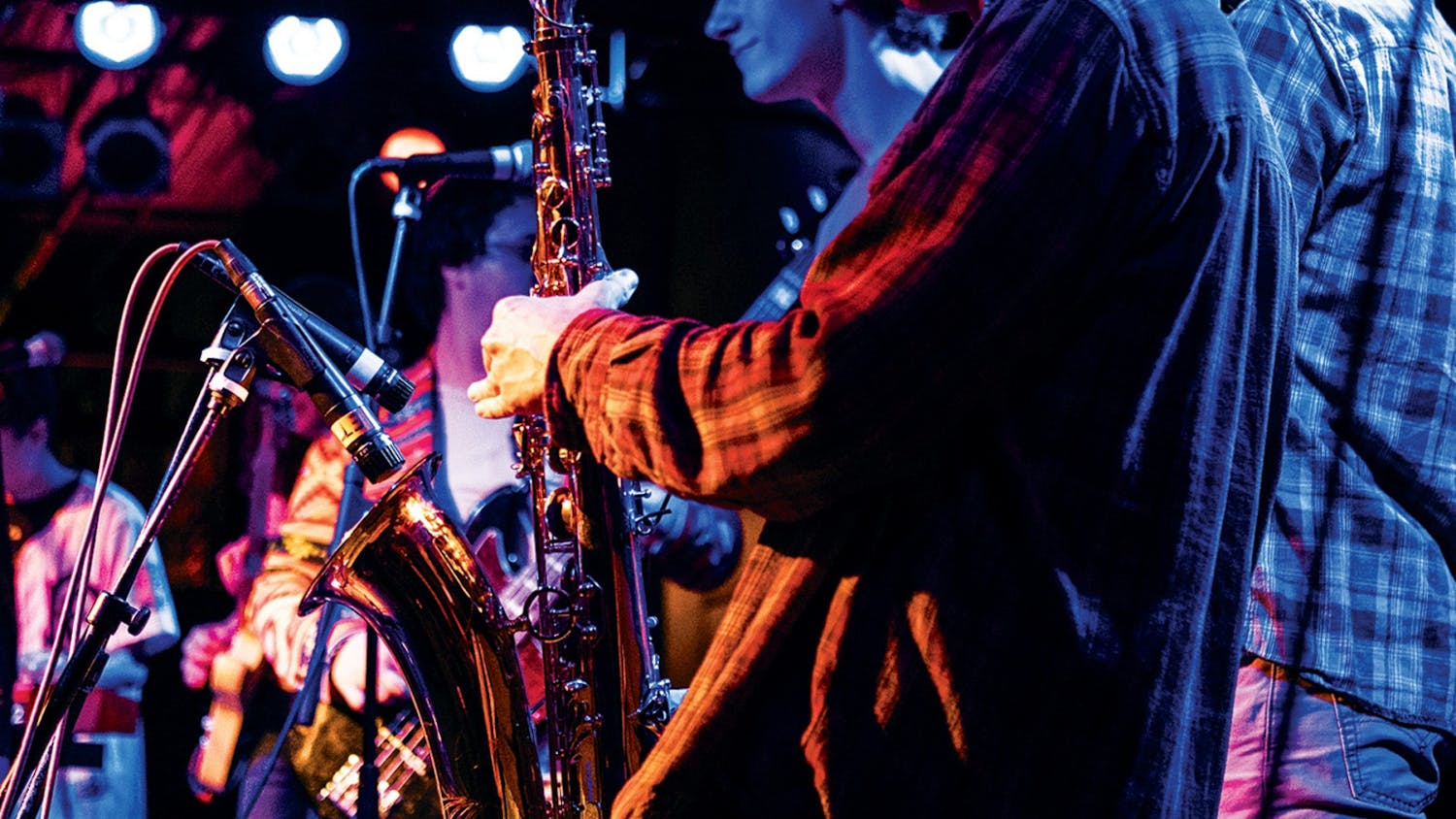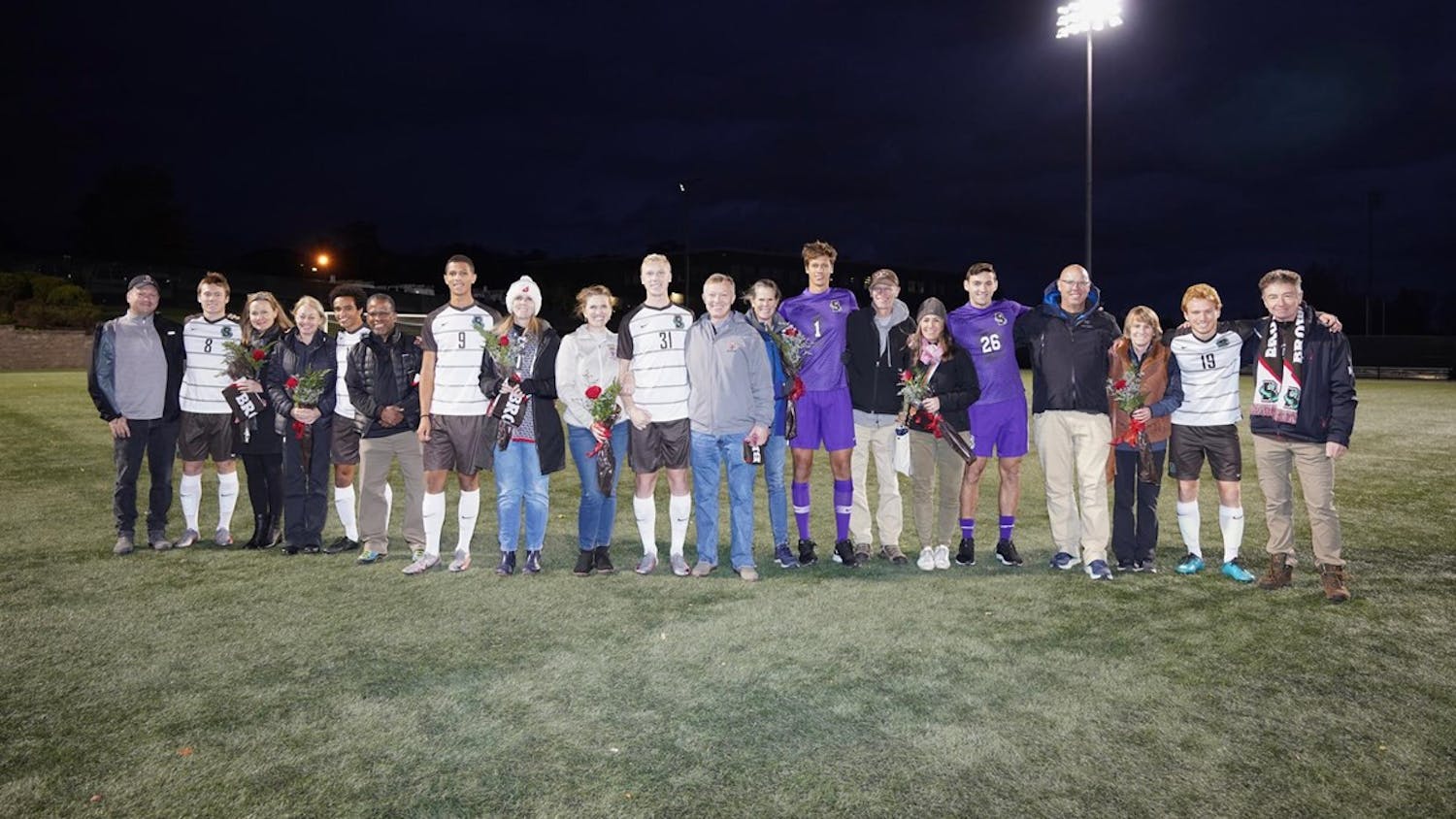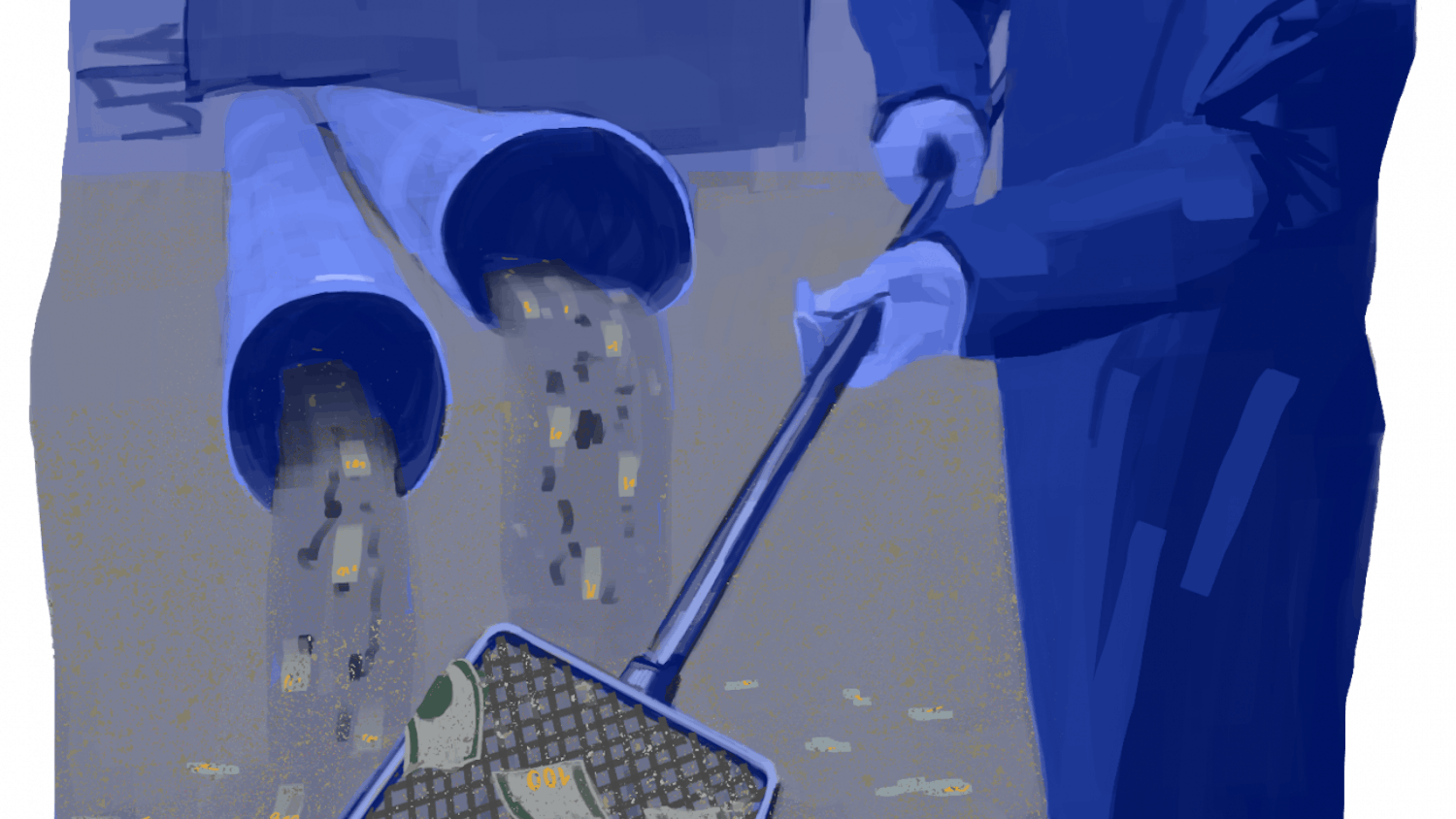During her first week at Brown, Sarah Goddard ’14 was waved at by a fellow first-year. She had no idea who he was.
The student, it turned out, thought Sarah was her identical twin sister, Lisa.
“When I explained that I wasn’t her and we were twins, he said, ‘you are literally blowing my mind right now,’” said Sarah, a former Herald contributing writer.
A case of mistaken identity is part of the daily routine for the Goddards and many of the other twins populating Brown’s campus. For the small cohort of twins who choose to descend on College Hill in tandem, the benefits and blunders of attending college are doubly magnified.
We go together
Twins are often a package deal at Brown.
If the two have similar credentials when applying, their admission result is usually the same, wrote Dean of Admission Jim Miller ’73 in an email to The Herald. In rare cases — like when one twin is a significantly stronger candidate than the other — only one of a pair applying will be admitted, Miller added.
For many of the twins who attend Brown together, being a twosome was not their original college plan.
Uday Agrawal ’15 opted to apply early decision to Brown. Right before the November deadline, his twin sister Shubh took the same early decision leap, much to his ambivalence, Uday said.
“We knew that we’d have to both get in or both be rejected,” Shubh said.
Jessi Haddad ’16.5 and Nikki Haddad ’16, identical twin sisters, said they purposefully kept each other in the dark during the application process, hoping each would make a decision independently of the other.
They were both accepted to the Program in Liberal Medical Education, an opportunity too excellent to refuse, Jessi said.
“She got in first, and my Internet wasn’t working, so I was not happy for her at all when she found out,” Jessi said. “But then when we both got in, we were crying and jumping up and down and hugging each other.”
Nikita and Nimita Uberoi ’15 said they always figured they would end up at the same university because they hoped to be recruited as doubles partners in tennis.
“I don’t remember thinking twice about it,” Nimita said. “We did everything together.”
But some twins at Brown come without their siblings.
Stephen Munzer ’17 said he and his twin sister had different academic goals, so he expected they would not continue their studies together after high school.
Emma Schrager ’16 and her twin brother never wanted to attend the same university. Being apart for college, she said, actually brought them closer.
“I think our relationship has matured more, especially now that we don’t see each other all the time,” she said. “We both ended up in places that suit our differences.”
Double trouble
Of the twins who attend Brown together, many hoped college would allow them to cultivate distinct identities, rather than living with a “twin label.”
An irksome, sometimes amusing struggle faced by campus twins is the constant comparison of and, at times, even confusion over their identities.
Just last month, Sarah Goddard was walking down the street when one of Lisa’s good friends yelled “Lisa!” to her.
“He shouted it 6 times, and when I didn’t respond, he finally realized I was Sarah,” she said.
Jessi Haddad said the confusion comes mostly during her walks between classes, when students she has never seen before wave at her.
“People will talk to me, and I won’t know who they are,” Jessi said, adding that this happens once or twice per day. “I’ll never know if I met them drunkenly at a party and forgot, or if they think I’m Nikki.”
Twin confusion is not unique to campus acquaintances — it even arises at the administrative level.
Nikita Uberoi applied for single-gender, substance-free housing for her first year, while Nimita Uberoi did not indicate any housing preferences. But they may have fallen victim to a Residential Life swap.
“I think they actually switched us up,” Nimita said, laughing. She was placed in Keeney Quadrangle, while her sister lived on a single-gender floor in Andrews Hall.
Though Shubh and Uday Agrawal may not have to worry about being mistaken for one another, they are cautious of when peers don’t realize they are related.
Last year, during a rehearsal for Brown Badmaash Dance Company — of which both Agrawals are members — a teammate complained to Uday about Shubh’s choreographing abilities.
“And I’d be like, yeah, Shubh’s totally terrible,” Uday said. “It was really funny that this girl didn’t realize we were twins. And then I’d go and tell Shubh.”
Sometimes being compared to one another has its detriments.
“The bad thing to being viewed as a group is constantly being compared,” Nikki Haddad said. “This person’s face is longer, this person is a little bit shorter. People don’t realize they’re being offensive.”
Winsome twosome
Though they often have different academic interests and friends, many twins still participate in the same extracurricular activities.
The Brown dance community includes multiple pairs of twins: both Agrawals participate in Badmaash and the Goddards belong to What’s On Tap?, the tap-dancing squad. Lisa and Sarah have even earned the nickname “the twins of tap.”
On the sports side, the Uberois competed together for three tennis matches before their coaches split them up. But the twins found a shared academic focus, with both interested in environmental science.
Even for twins whose counterparts are not at Brown, some healthy competition may still exist.
Eric Robb ’14 is a member of the men’s water polo team, while his twin brother Jason plays on Connecticut College’s squad. Twin rivalry reaches its peak just before the schools play each other, when Eric’s teammates especially hype up the games.
“The week leading up to it, I get good-natured ribbing from my teammates,” Robb said. “For such a violent sport, we keep it relatively civil during the games, though.”
It takes two
Though double the trouble is not always to their advantage, most twins agreed that having a bit of home with them has elevated their collegiate experiences.
The Goddards said they were able to get meals together when they arrived on campus during their first year, avoiding the “dining alone” fears many face.
For the Agrawals, being at Brown together has doubled their friendships and allowed them to share a love of dance.
The clearest benefit of twin-hood comes when one of the pair is under the weather or feeling homesick.
“Whenever I’m sick or super stressed, I can have someone to rely on,” Uday said.
Though they did not originally plan on attending college together, the Haddads said they now couldn’t imagine Brown without each other.
“The main benefit is if you’re ever having a really bad day,” Nikki said. “It feels a little bit like home when you’re talking to your twin.”
And that old twin telepathy theory? Most said it is not entirely misguided, but their connections are more rooted in emotional readings.
“I know when she’s stressed or nervous or shy in front of someone, like an acute sense of emotional intelligence,” Nimita said.
“At the end of the day, it’s the person that knows you the most,” Nikita agreed. “So it’s nice to know that you have that support and love on campus.”

ADVERTISEMENT




